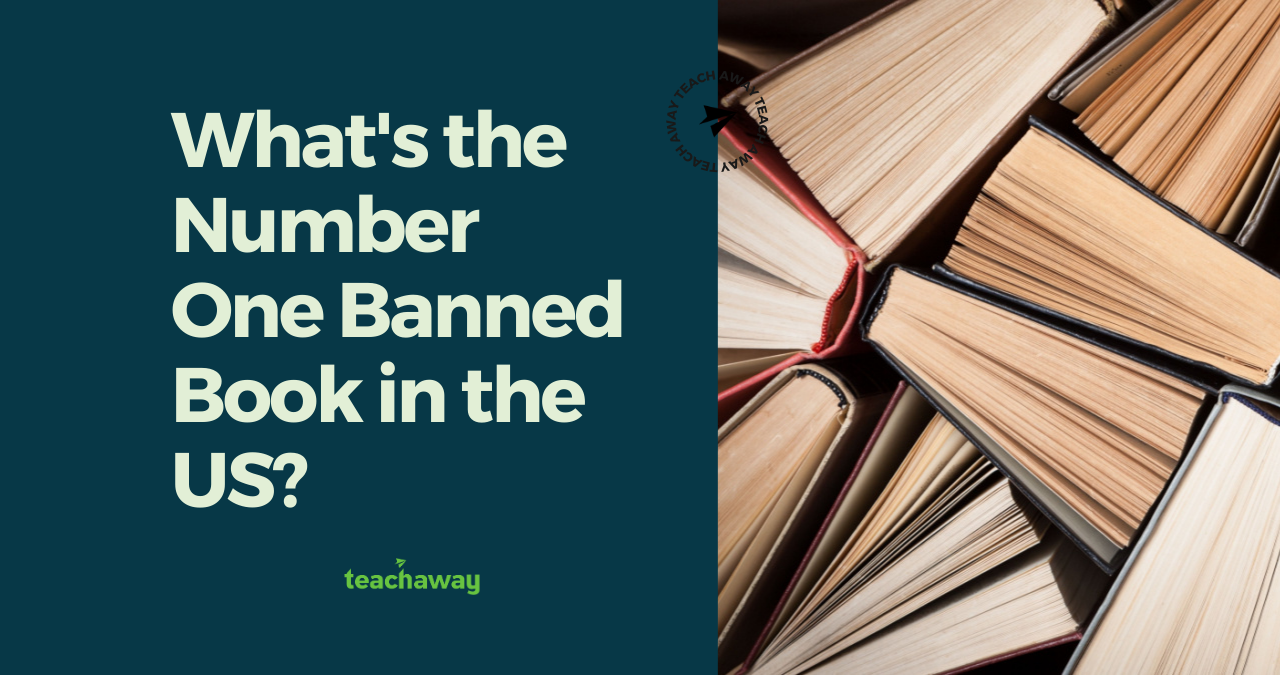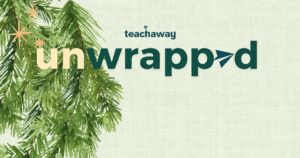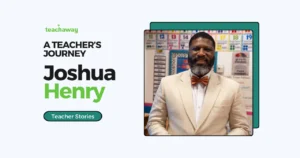In a nation that prides itself on freedom of speech and expression, it may come as a surprise that countless non-fiction books have faced censorship or outright banning over the last few decades, in the United States.
Exploring banned books becomes not only a testament to the diversity of thought but also a reflection of the ongoing struggle between safeguarding liberties and imposing limitations.
In the educational landscape, these discussions gain heightened importance as they equip students to critically engage with differing perspectives, and make space for a deeper understanding of the nuances surrounding censorship and its implications in a society that champions open dialogue.
This National Book Lover’s Day, we want to share 9 non-fiction books that have faced censorship in the US.
- The Diary of a Young Girl by Anne Frank
- The Satanic Verses by Salman Rushdie
- The Feminine Mystique by Betty Friedan
- The Autobiography of Malcolm X by Malcolm X and Alex Haley
- The Color Purple by Alice Walker
- Silent Spring by Rachel Carson
- The New Jim Crow by Michelle Alexander
- I Know Why the Caged Bird Sings by Maya Angelou
- Nickel and Dimed by Barbara Ehrenreich
1. The Diary of a Young Girl by Anne Frank
The Diary of a Young Girl is an infamous and widely read diary written by Anne Frank, a Jewish girl who went into hiding with her family during the Holocaust to avoid persecution by the Nazis.
The diary, which she kept for two years in hiding before her family was discovered and sent to concentration camps, provides a firsthand account of the experiences of Jews during World War II.
Despite its historical significance, it was, at one point, censored due to concerns about age-appropriateness and its frank portrayal of the horrors of war.
As DEI is an essential part of the modern classroom it is important for societies to confront uncomfortable truths and acknowledge the human experience from all walks of life, regardless of their age or background.
2. The Satanic Verses by Salman Rushdie
The Satanic Verses is a novel published in 1988, written by British Indian author Salman Rushdie. The book’s content includes themes related to religion, identity, and immigration, and it incorporates elements of magical realism.
The novel explores various aspects of Islam and references the Islamic prophet Muhammad, which sparked intense controversy among some Muslim communities.
The book has faced severe backlash from religious groups who deemed it blasphemous.
This is one example where fostering open and mindful discussions around beliefs is an important part of freedom of expression.
3. The Feminine Mystique by Betty Friedan
The Feminine Mystique is often credited with sparking the second-wave feminist movement in the United States.
Betty Friedan, a prominent feminist and social activist, wrote the book to shed light on the widespread unhappiness and dissatisfaction experienced by many American women in the 1950s and early 1960s, particularly those who felt confined to traditional gender roles and limited to the role of homemaker and mother.
It was, at one point in time, banned for challenging the status quo, leading to conversations about gender equality and the importance of embracing diverse perspectives on women’s roles in society.
4. The Autobiography of Malcolm X by Malcolm X and Alex Haley
The Autobiography of Malcolm X is a collaborative work between Malcolm X, an influential civil rights leader and human rights activist, and Alex Haley, a prominent writer known for his work Roots: The Saga of an American Family.
The book, published in 1965, provides a powerful account of Malcolm X’s life, from his childhood and early years as a criminal, to his conversion to Islam during his time in prison, and his subsequent role as a prominent figure in the Nation of Islam and the broader civil rights movement.
The book’s content includes discussions of race, religion, and critiques of American society, which made it a subject of both praise and controversy.
While The Autobiography of Malcolm X received critical acclaim for its insights into the African American experience and racial injustice, it also faced challenges and attempts at censorship. It was banned for alleged anti-white sentiments.
Recognizing the historical context of marginalized voices, understanding their experiences, can better foster the empathy required to bridge the divides in society.
5. The Color Purple by Alice Walker
Published in 1982, The Color Purple is a Pulitzer Prize-winning novel that addresses a wide range of sensitive and complex issues, including racism, sexism, violence, and sexual abuse.
The book follows the life of Celie, an African American woman living in the Southern United States in the early 20th century, and explores her journey of self-discovery and empowerment.
The Color Purple explores themes of feminism, LGBTQ+ identity, and unconventional family structures, which may be seen as challenging traditional norms and values.
The lesson here is to better understand the intersectionality of marginalized communities and acknowledge the complex realities they face.
6. Silent Spring by Rachel Carson
Silent Spring by Rachel Carson explores the detrimental environmental effects of the indiscriminate use of pesticides, particularly the pesticide DDT (dichlorodiphenyltrichloroethane).
Carson’s book highlighted the potential risks of these chemicals on wildlife, ecosystems, and human health.
Her work is widely credited with launching the modern environmental movement and raising awareness about the importance of environmental conservation and protection.
This book was censored by industries fearing financial losses, it showcases the importance of embracing diverse scientific perspectives and prioritizing the health of the planet.
7. The New Jim Crow by Michelle Alexander
The New Jim Crow, published in 2010, explores the issue of mass incarceration in the United States and its disproportionate impact on African American communities.
Michelle Alexander argues that the criminal justice system, through various policies and practices, has effectively created a new form of racial segregation and discrimination, akin to the historical Jim Crow laws that enforced racial segregation in the southern states after the Civil War.
Authorities had censored this book as a result of its critique of institutional racism.
Yet, acknowledging the systemic injustices faced by communities of color is crucial for a world created on diversity, equity & inclusion.
8. I Know Why the Caged Bird Sings by Maya Angelou
I Know Why the Caged Bird Sings, published in 1969, is Maya Angelou’s first autobiography and is considered a classic in American literature.
The book recounts Angelou’s early life, focusing on her childhood and adolescence, including her experiences with racism, trauma, and sexual abuse.
The book was censored as a result of its frank and uncomfortable content.
However, diversity, inclusion & equity involves providing safe spaces for survivors to share their stories. This better fosters empathy, and helps to address systemic issues.
9. Nickel and Dimed by Barbara Ehrenreich
Nickel and Dimed, published in 2001, is a non-fiction book in which Barbara Ehrenreich explores the challenges faced by low-wage workers in the United States.
To research the book, she worked undercover in various low-paying jobs to experience firsthand the difficulties and realities of living on minimum wage.
It was censored by some for its socialist undertones, but acknowledging socio-economic disparities is key to striving for economic justice.
Moving towards Diversity, Equity & Inclusion
Many books have been censored or banned over the decades as a result of their content or philosophy.
But by censoring voices that challenge prevailing norms and expose uncomfortable truths, we risk hindering our progress toward a more mindful and compassionate future.
As we stand in 2023, we want to inspire current and future teachers to remember the power of diverse perspectives in shaping our understanding of the world.
An inclusive and informed society celebrates the richness of diverse ideas.
Only through truly embracing diversity, equity & inclusion can we truly build empathy and create positive change in our world.



